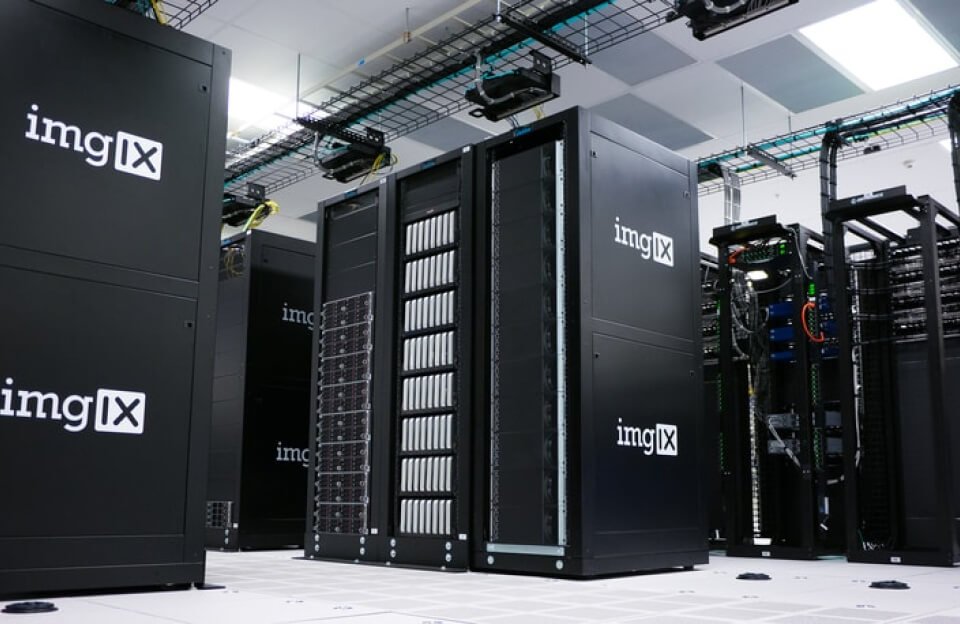Humanoid robots, machines designed to resemble and act like humans, are no longer just the stuff of science fiction. With advances in AI, robotics, and sensors, these robots are beginning to impact real-world industries, transforming the way we live, work, and interact.
What Are Humanoid Robots?
Humanoid robots are built to look like humans with heads, torsos, arms, and legs. They are powered by artificial intelligence (AI) and machine learning, allowing them to perform tasks, learn from their environments, and even engage in conversations. Famous examples include Sophia, the AI robot with citizenship, and Atlas, a robot that can perform complex movements like parkour.
Where Are They Used?
Healthcare:
Humanoid robots assist the elderly, remind patients to take their medications, and even support surgeries by providing precision.
Customer Service:
In retail and hospitality, robots like Pepper are enhancing customer experiences by offering personalized service and interactive assistance.
Education:
Robots are providing extra support in classrooms, especially for children with special needs, offering personalized learning and engagement.
Entertainment:
Humanoid robots are also making their mark in entertainment, acting as performers or hosts in shows and theme parks.
Challenges to Consider
As humanoid robots become more integrated into society, challenges arise. Job displacement is a major concern as robots take over tasks traditionally held by humans. There are also ethical issues like privacy, data security, and emotional manipulation.
Looking Ahead
Humanoid robots are poised to revolutionize many sectors, from healthcare to hospitality. While their potential is enormous, it’s crucial we address the ethical and societal implications of their rise. How we choose to develop and use these robots will shape the future of work and human-machine interaction.

